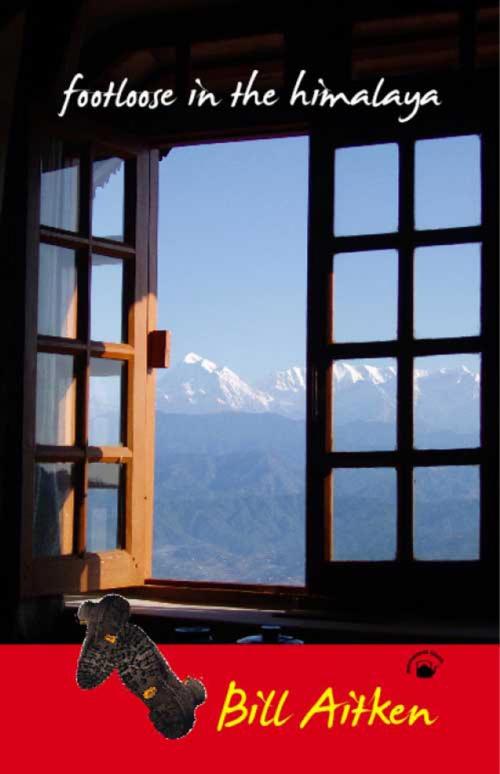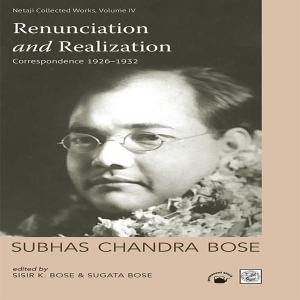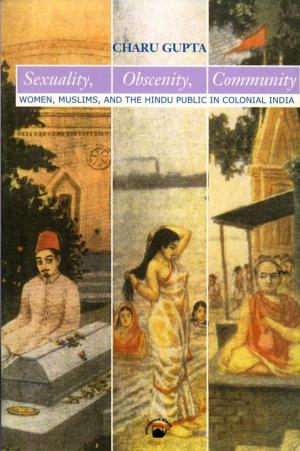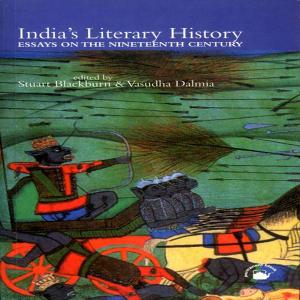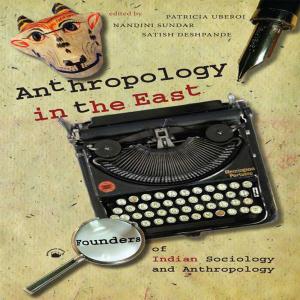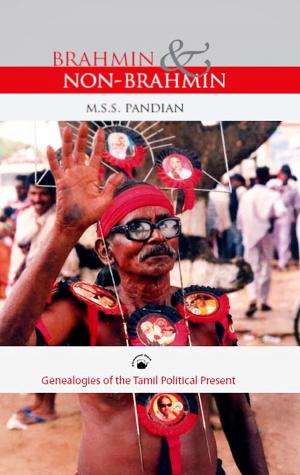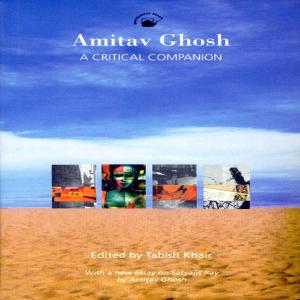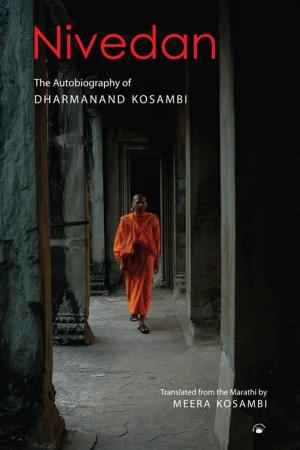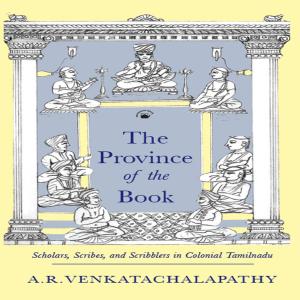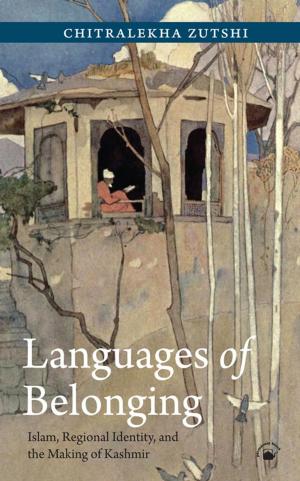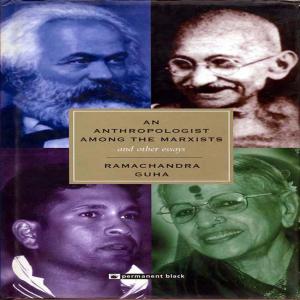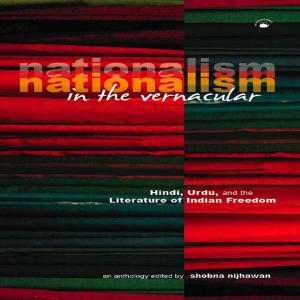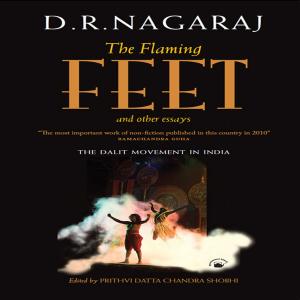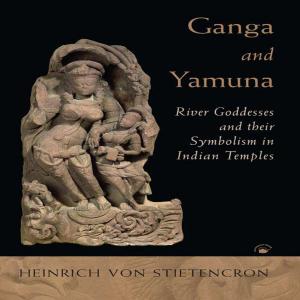| Author: | Bill Aitken | ISBN: | 9788178244129 |
| Publisher: | Permanent Black | Publication: | December 13, 2012 |
| Imprint: | Language: | English |
| Author: | Bill Aitken |
| ISBN: | 9788178244129 |
| Publisher: | Permanent Black |
| Publication: | December 13, 2012 |
| Imprint: | |
| Language: | English |
Away from over-used tourist trails and trekking routes, Bill Aitken wanders through the Himalaya. His inclination is to enter disused colonial dak bungalows and ruined temples, meander in wild glades above the treeline carpeted with wild flowers, filling his water bottle from mountain springs and waterfalls. Having left his native Scotland in his twenties to circumnavigate the world, Aitken reached the Himalaya and stopped, enraptured. He began wandering through these mountains then, and has only stopped on and off in the last forty years to do more mundane thingslike travelling the Deccan on his motorbike or chasing the last steam locomotive in India. His journeys in the mountains have ranged from Arunachal to Kashmir, from the icy heights of Zanskar and the Nanda Devi to the small towns of Mussoorie and Ranikhet. For Aitken, travel in the Himalaya is as much about the spirit as about landscapes, leeches, and aching knees. This sets him on a lively trail of holy men, both saintly and fraudulent, across all the pilgrim centres of the Himalaya. He travels in bulging buses to Rishikesh and Badrinath, Kedarnath and Gangotri. He seeks out tiny disused temples to little-known deities like Anasuiya, and discovers a village with temples dedicated to Duryodhana. He spends seven ascetic years in an ashram at Mirtola. All along he gropes for an answer to the question: what power does the Himalaya possess that has drawn generations of seekers to it? If anything distinguishes Aitken from the regular travel writer, it is his inspired craziness. With his wide-ranging, sometimes eccentric, interests, this book is replete with literature, geology, philosophy, and folklore. There are detours into hill gossip, stories of local ghosts, accounts of local customs, and exasperated asides about political ineptitude. Bill Aitkens intimate knowledge of the Himalaya, absorbed through a lifetime, makes this more a natives account than a travellers.
Away from over-used tourist trails and trekking routes, Bill Aitken wanders through the Himalaya. His inclination is to enter disused colonial dak bungalows and ruined temples, meander in wild glades above the treeline carpeted with wild flowers, filling his water bottle from mountain springs and waterfalls. Having left his native Scotland in his twenties to circumnavigate the world, Aitken reached the Himalaya and stopped, enraptured. He began wandering through these mountains then, and has only stopped on and off in the last forty years to do more mundane thingslike travelling the Deccan on his motorbike or chasing the last steam locomotive in India. His journeys in the mountains have ranged from Arunachal to Kashmir, from the icy heights of Zanskar and the Nanda Devi to the small towns of Mussoorie and Ranikhet. For Aitken, travel in the Himalaya is as much about the spirit as about landscapes, leeches, and aching knees. This sets him on a lively trail of holy men, both saintly and fraudulent, across all the pilgrim centres of the Himalaya. He travels in bulging buses to Rishikesh and Badrinath, Kedarnath and Gangotri. He seeks out tiny disused temples to little-known deities like Anasuiya, and discovers a village with temples dedicated to Duryodhana. He spends seven ascetic years in an ashram at Mirtola. All along he gropes for an answer to the question: what power does the Himalaya possess that has drawn generations of seekers to it? If anything distinguishes Aitken from the regular travel writer, it is his inspired craziness. With his wide-ranging, sometimes eccentric, interests, this book is replete with literature, geology, philosophy, and folklore. There are detours into hill gossip, stories of local ghosts, accounts of local customs, and exasperated asides about political ineptitude. Bill Aitkens intimate knowledge of the Himalaya, absorbed through a lifetime, makes this more a natives account than a travellers.
